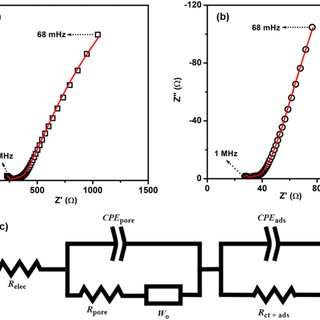
Mechanism of soot formation by burning edible oil (wick-and-oil flame
Download scientific diagram | Mechanism of soot formation by burning edible oil (wick-and-oil flame synthesis) from publication: Performance studies of an electric double-layer capacitor (EDLC) fabricated using edible oil-derived activated carbon | This work reports the synthesis of bio-carbonaceous electrode material, carbon soot (CS), by molecular growth of hydrocarbons in a simple chain reaction without any artificial environment. The activated CS (ACS) is derived by burning the mustard oil (wick-and-oil flame | EDLC, Capacitor and Electrics | ResearchGate, the professional network for scientists.

Mechanism of soot formation by burning edible oil (wick-and-oil

Vivek SHUKLA, Professor (Asstt,), PhD, IIT Kanpur, India. Postdoctoral ISMN CNR Italy (ICTP-TRIL UNESCO ), Gautam Buddha University, Noida, GBU, Department of Applied Physics

Nanomaterials, Free Full-Text

Vivek SHUKLA, Professor (Asstt,), PhD, IIT Kanpur, India. Postdoctoral ISMN CNR Italy (ICTP-TRIL UNESCO ), Gautam Buddha University, Noida, GBU, Department of Applied Physics

Structural and electrochemical investigations on impregnated

Chemical, Dilutive, and Radiative Effects of Simultaneous CO2

Mechanism of soot formation by burning edible oil (wick-and-oil

Optimization of Sesamum indicum oil (sesame oil) derived activated

Investigation of Combustion of the Gas Turbine Engine from









